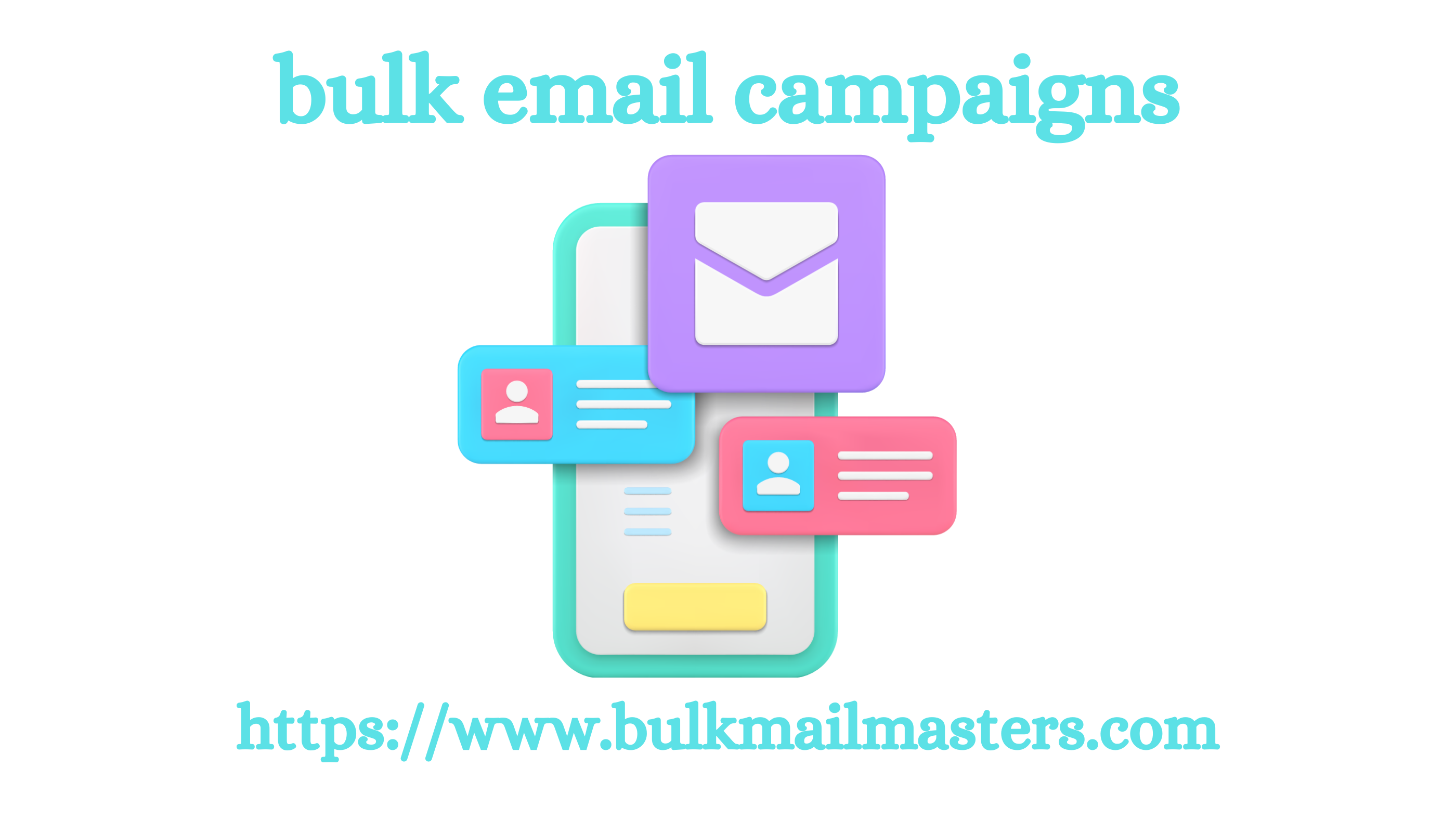Post by hasina789956 on Oct 29, 2024 2:53:23 GMT -6
At a time when customer experience increasingly influences consumers' purchasing decisions, it is appropriate for any company to consider the quality of its customer service as an ongoing challenge. Knowing that 90% of consumers take into account the support experience offered by a brand before purchasing a product ( source Hubspot ), the service offered to users should not be neglected. In addition, with the omnipresence of digital today, customer experience is closely linked to the online user experience and the growth of turnover. Consumers have growing demands in terms of responsiveness, which are becoming the new standards for customer relations. They want immediate answers to their problems and prefer to avoid waiting to get in touch with a customer service. On the business side, the issue of response time VS the volume of questions and the recurrence of similar questions can be time-consuming and frustrating. Implementing a chatbot combined with a knowledge base can then be the solution to relieve their teams and offer a better experience to their internal and external customers.
But what are the benefits of having a knowledge base? Who is it for? And finally, what are the elements to consider before creating one? What is a knowledge base? A knowledge base is an online library that centralizes information on products, services and topics. Accessible in self-service, it presents content supplied by people who master the subject covered. Unlike a database, the knowledge bulk email campaigns base can store information in a structured or unstructured manner. In addition, it is intended to be used by as many people as possible in order to provide a consistent response to frequently asked questions. Composed of text, documents or multimedia content, its use is either reserved for internal teams within the company or open to all customers and prospects. 1.1. The company's internal knowledge bases Private knowledge bases are internal libraries deployed by companies to enable information sharing and smoother collaboration between their teams.

Each team or employee is free to contribute to the knowledge base by adding verified and at least chartered content such as: elements concerning internal procedures, troubleshooting, FAQs company reports, technical brochures case studies. Each element made available must be capable of answering the questions of a third party. The more it is provided, the more the internal knowledge base will help to regulate exchanges between the different teams and, by extension, to save time, efficiency and energy. A true internal tool, it must be accessible to everyone online, secure and provide employees with useful and easy-to-find information. To do this, they must be encouraged to contribute and get into the habit of using it spontaneously. In a word, it must be brought to life. The company, for its part, must ensure that it does not distribute sensitive data that could be shared externally.
But what are the benefits of having a knowledge base? Who is it for? And finally, what are the elements to consider before creating one? What is a knowledge base? A knowledge base is an online library that centralizes information on products, services and topics. Accessible in self-service, it presents content supplied by people who master the subject covered. Unlike a database, the knowledge bulk email campaigns base can store information in a structured or unstructured manner. In addition, it is intended to be used by as many people as possible in order to provide a consistent response to frequently asked questions. Composed of text, documents or multimedia content, its use is either reserved for internal teams within the company or open to all customers and prospects. 1.1. The company's internal knowledge bases Private knowledge bases are internal libraries deployed by companies to enable information sharing and smoother collaboration between their teams.

Each team or employee is free to contribute to the knowledge base by adding verified and at least chartered content such as: elements concerning internal procedures, troubleshooting, FAQs company reports, technical brochures case studies. Each element made available must be capable of answering the questions of a third party. The more it is provided, the more the internal knowledge base will help to regulate exchanges between the different teams and, by extension, to save time, efficiency and energy. A true internal tool, it must be accessible to everyone online, secure and provide employees with useful and easy-to-find information. To do this, they must be encouraged to contribute and get into the habit of using it spontaneously. In a word, it must be brought to life. The company, for its part, must ensure that it does not distribute sensitive data that could be shared externally.

